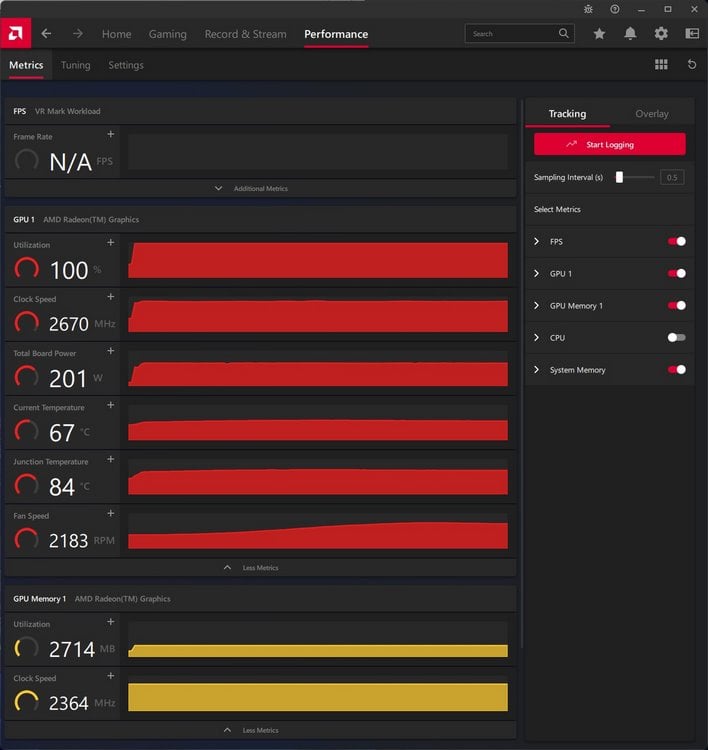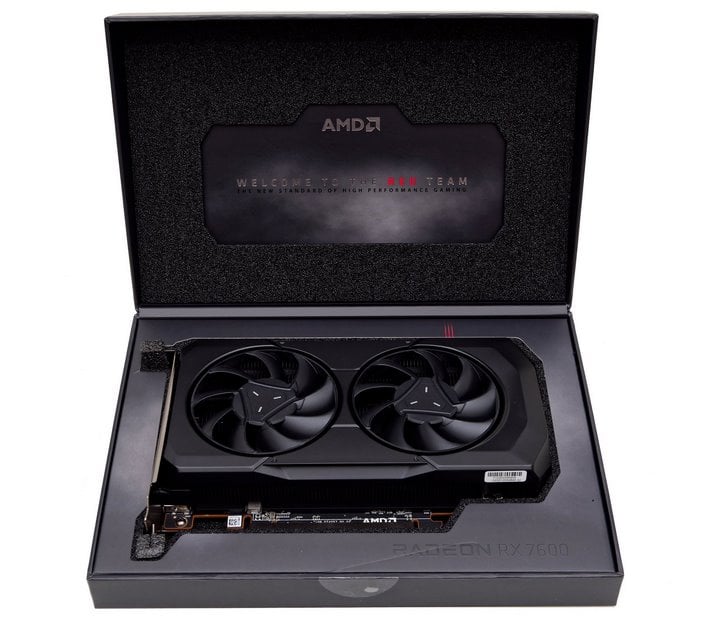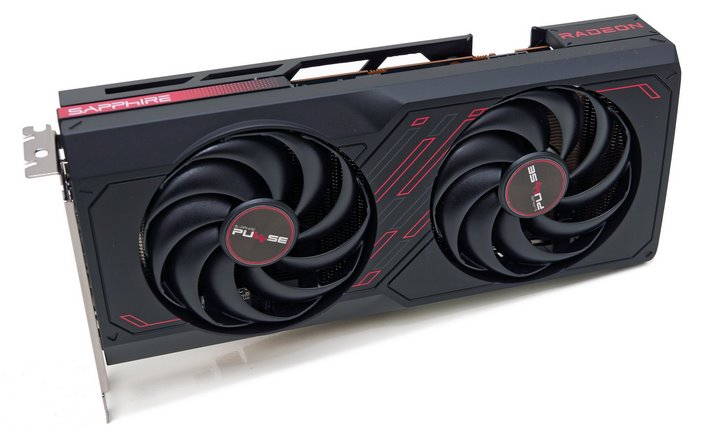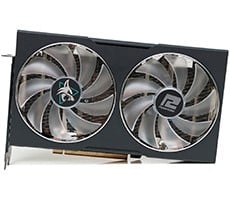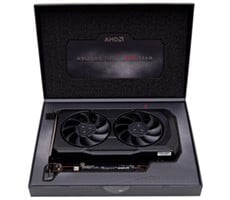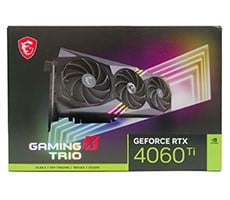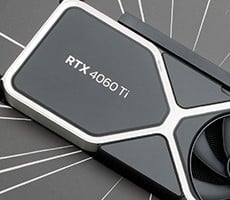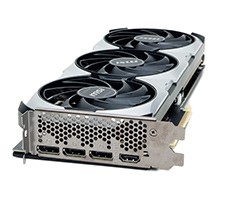AMD Radeon RX 7600 Review: Affordable RDNA3 For 1080p Gamers
While new RDNA 3-based Radeons have de-coupled front end and shader clocks, which may seem to complicate things, the two clock domains are linked, so the actual overclocking process is similar to previous-gen cards.
The tuning options built into AMD's driver suite give users the ability to manually alter frequencies, voltages, fan speeds, and the max power target, using percentages or finer-grained numerical sliders. Users can also opt to use various preset modes or auto-tune a number of characteristics, including GPU and memory frequencies, and the GPU voltage, including under-volting, which can actually increase performance due to reduced thermals and power consumption.
With older Radeons, a single sensor had been used to determine the GPU temperature, and data from that lone sensor was used to control the card's thermal profile. With newer RDNA 2 and RDNA 3 GPUs, like the Navi 33 powering the Sapphire Pulse Radeon RX 7600, AMD has incorporated a network of multiple thermal sensors at strategic locations across the die. Data gathered from the sensors is used to determine what AMD calls the "Junction Temperature", and it's the Junction Temperature that is used to tune the card's power and thermal profiles (the Junction Temperature is effectively the hottest part of the GPU die at any given time).
The tuning options built into AMD's Radeon Software suite offer manual controls, along with automatic under-volting and automatic GPU and Memory overclocking. Finding the highest stable memory and GPU clocks at the lowest voltage possible while simultaneously increasing the max power target and keeping temperatures low is what will yield the best overall overclocking results. If you'd rather not mess around though, you could simply hit one of the auto-overclock options or turn up the max power target.
At its stock settings, we saw the Sapphire Pulse Radeon RX 7600's GPU clock typically hovering in the 2,500 - 2,600MHz range while gaming (give or take) with our particular sample, with a junction temperature in the low-80s. With some tweaking we found that we could easily increase the memory clock on our card to 2,390MHz (19.1Gbps, effective), and with a mild under-volt to 1.175mV, a max frequency set to 2,987MHz, and +12% to the power target, we typically saw a wider-range of real-world game clocks, commonly in the 2,600MHz - 2,750MHz range. The junction temperature while overclocked peaked in the mid-80°C range with these settings, without modifying the default fan curve. The cooling setup on this card does a nice job keeping temperatures in check without making much noise, but bumping up the fan speed would be advisable to bring that junction temperature down a bit.
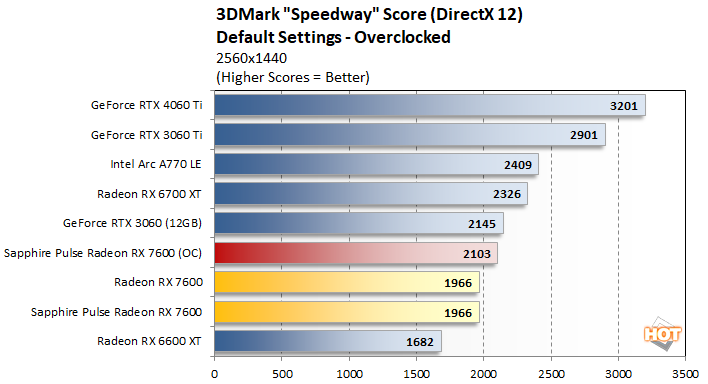
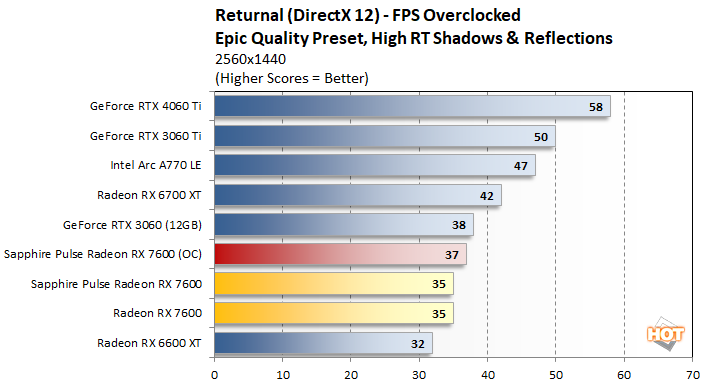
While we had the card overclocked, we re-ran a couple of tests and saw some decent performance gains. In both 3DMark Speed Way and Returnal (using RT), overclocking the Sapphire Pulse Radeon RX 7600 increased performance measurably and allowed it to nearly catch the 12GB GeForce RTX 3060.
Total System Power Consumption Tests
We'd also like to cover a couple of final data points regarding power consumption and acoustics before we wrap up. Throughout all of our benchmarking and testing, we monitored noise output and tracked how much power the test system was consuming using a power meter. Our goal was to give you an idea as to how much power each GPU used while idle and also while under a heavy workload. These power numbers were captured during a Far Cry 6 4K benchmark run with ray tracing enabled...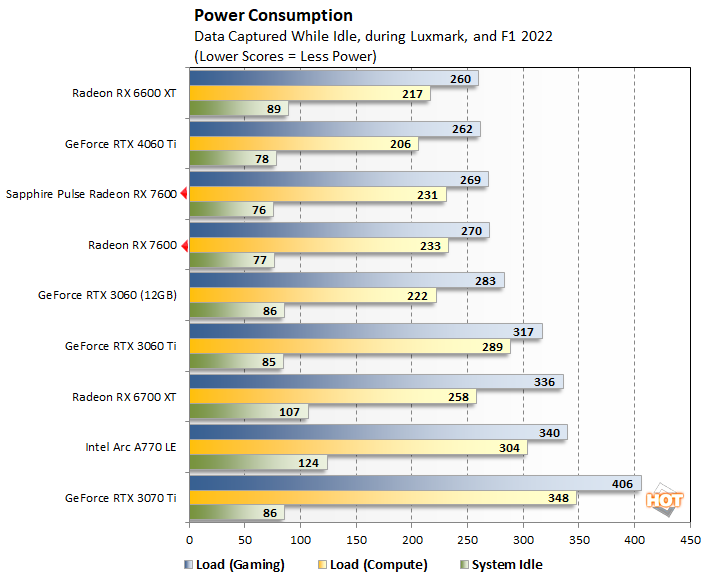
In terms of noise output, the Sapphire Pulse Radeon RX 7600 is relatively tame. The card's fans are effectively inaudible at idle. Under load, the fans typically hovered around 2,000 RPM under long sustained loads, which produced a dull, deep whir that wasn't particularly noticeable over our test system's PSU fans and CPU cooler. Overall, we'd consider the Sapphire Pulse Radeon RX 7600 quiet in comparison to most other GPUs — noise should be a non-issue for most users, especially in a closed chassis. AMD's reference card was a bit louder, but a bug in the press driver was uncovered before publication, so we'll have to recheck it once a public driver is available.
AMD Radeon RX 7600 Performance And Review Summary
Looking back through all of the numbers, the new Radeon RX 7600 isn’t likely to knock anyone's socks off. In terms of performance and power, it is somewhat of lateral move over the Radeon RX 6600 XT. There’s more to the story than just bar charts and benchmarks, though.
AMD has set the MSRP of the Radeon RX 7600 at $269. Both AMD’s reference design and the Sapphire Pulse we showed you here will be available at that MSRP. At that price, the Radeon RX 7600 currently undercuts the GeForce RTX 3060, despite offering better overall performance, though that may change in the days ahead. The Radeon RX 7600 also arrives at a lower price than its predecessor, which is a welcome sight.
Compared to previous-generation GPUs, the Radeon RX 7600 offers a more advanced architecture that brings with it support for AV1 video encoding and the latest high-resolution, high-refresh displays. If you’ve got a previous-gen card, AMD's new baby isn’t likely to inspire an upgrade, but if your current GPU is a couple of generations old, the Radeon RX 7600 might be an affordable, low-power entry point into modern gaming. The Radeon RX 7600 will likely also be attractive to system integrators that offer affordable mainstream gaming PCs.Radeon RX 7600 cards go on sale tomorrow, at which point factory-overclocked and more-blinged-out partner boards will arrive as well. Pricing for those hot-clocked cards will be somewhat higher, but we expect the vast majority to reside in sub-$300 territory. It’s no benchmark barnburner, but if you’ve got a trio of c-notes set aside for a GPU, the Radeon RX 7600 is worth a look.



